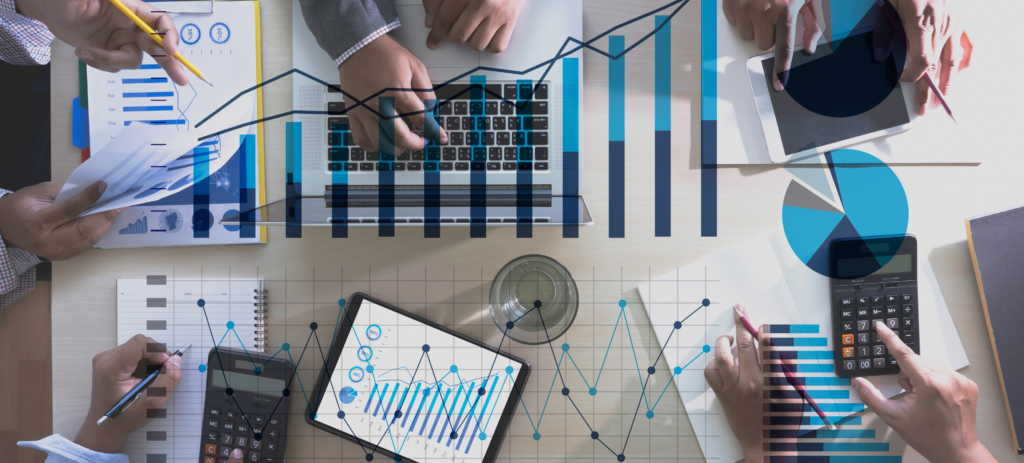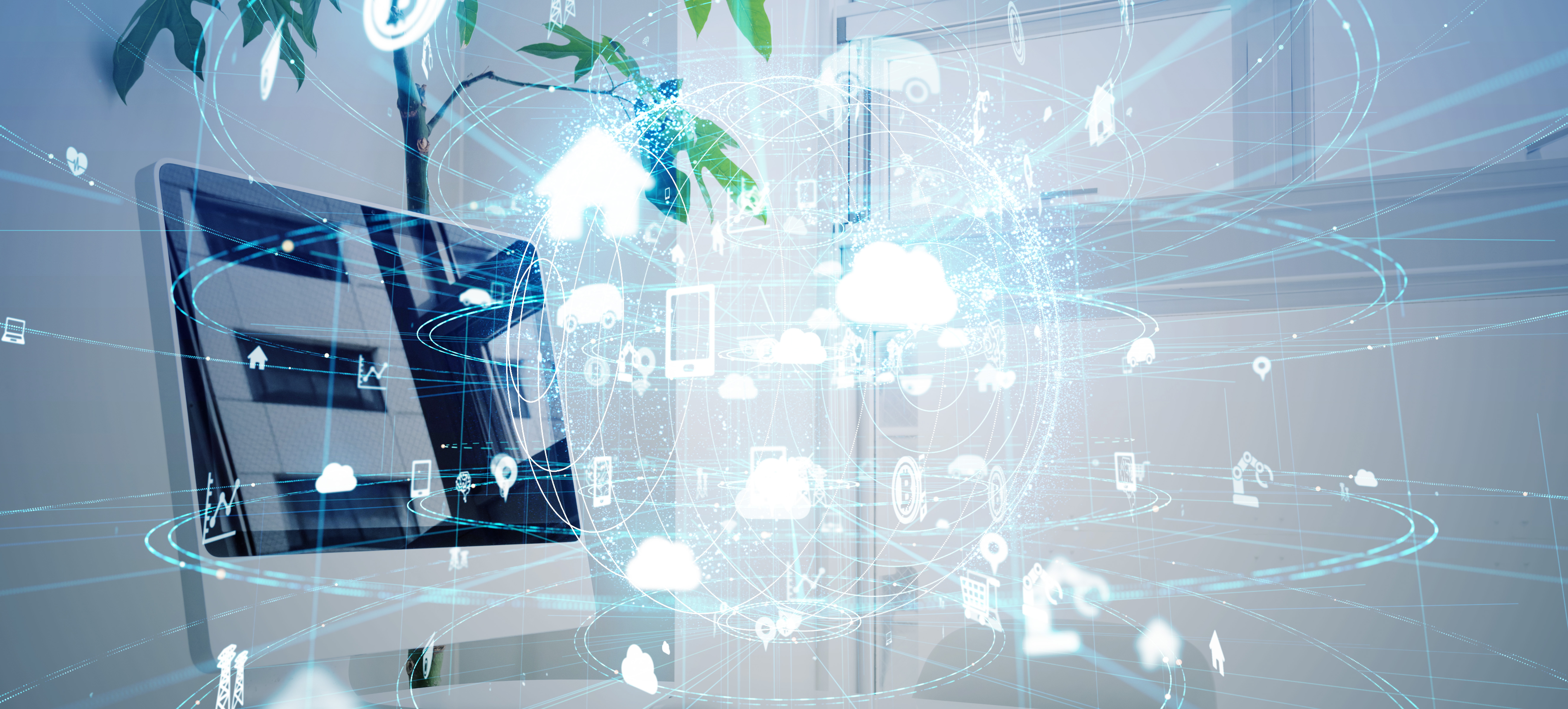
As the world slowly turns towards sustainability and technological innovation, the real estate industry stands at the edge of a complete transformation. The Internet of Things (IoT) no longer remains a distant dream it’s become a catalyst that is reshaping the way we live, work, and interact with our environment. From energy optimization to smarter property management, IoT is breaking down barriers and creating connected spaces that empower us to live more sustainably. This is the dawn of a new era, where buildings aren’t just structures; they are intelligent, responsive ecosystems designed for maximum efficiency.
IoT: A Game-Changer for Real Estate
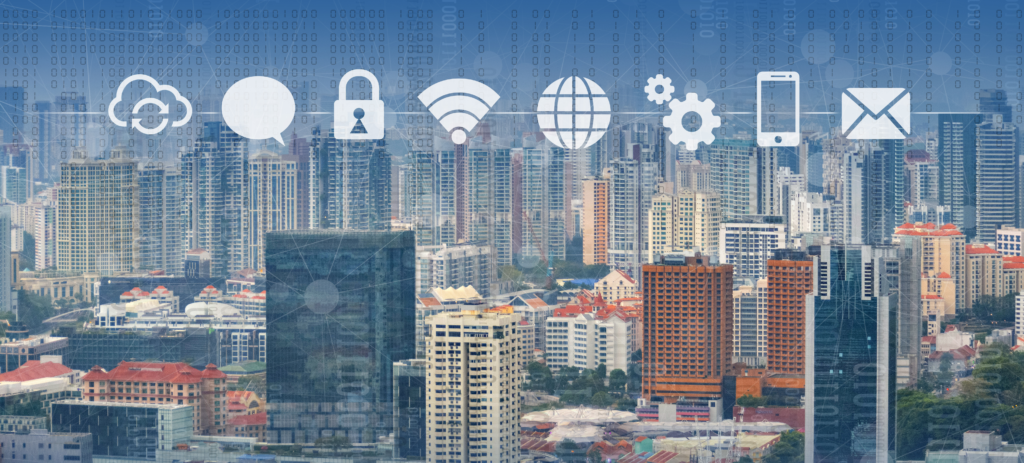
Before we take a deep-dive into this fascinating world, let us look back at what IOT is. By definition, IoT is a network of interconnected devices that communicate and share data, creating a web of smart capabilities. Be it a thermostat that’s adjusting to your schedule or a security system monitoring and alerting you in real-time, IoT is embedded right into the fabric of our daily lives. In the world of real estate, this integration is nothing short of revolutionary, bringing the industry closer to efficient living.
As technologies continue to evolve, the real estate sector is rapidly embracing these innovations, not as futuristic ideas but as present-day solutions. Smart homes, intelligent energy management systems, and advanced security solutions are quickly becoming the new standard in both residential and commercial properties. This has brought about an amalgamation of technology and space that benefits both the environment and the people who live in it.
Unleashing Energy Efficiency Through IoT
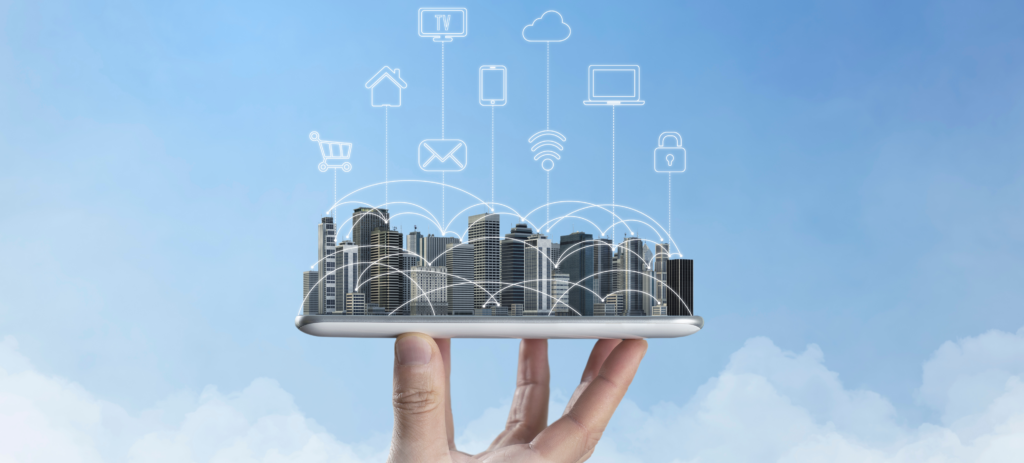
One of the more powerful impacts of IoT in real estate is the optimisation of energy usage. With the increasing demand for sustainable living, IoT-enabled systems are rising to the occasion. Smart thermostats, energy monitoring tools, and HVAC systems that respond to real-time data on temperature, humidity, and air quality, are just the beginning.
The Edge, a smart office building in Amsterdam, uses IoT technology to reduce energy consumption by over 70%. It employs sensors to monitor real-time data and has HVAC systems that automatically adjust based on occupancy. This significantly reduces unnecessary energy use. From a broader perspective – by automatically adjusting energy use based on occupancy and environmental conditions, the use of these devices significantly reduces waste, lowers operational costs, and ensures that buildings operate at peak efficiency.
Apart from that, IoT devices enable buildings to participate in demand-response programs, shifting energy consumption during peak periods to reduce grid strain and maximize savings. This is another step in a global push towards sustainable living.
IoT in Real Estate for Smart Living
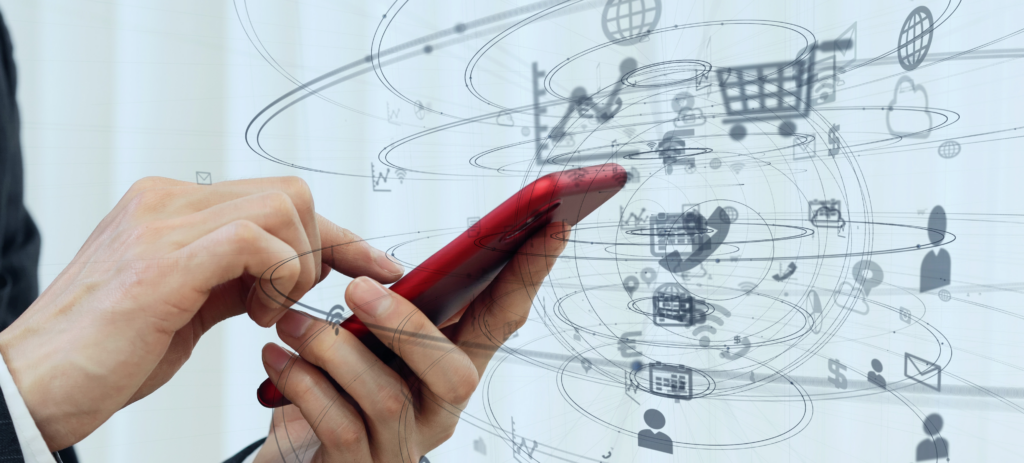
In this era of IoT, smart living isn’t a thought anymore, it has become an expectation. Most people want to be able to control every aspect of your home or office from the palm of your hand. IoT brings complete automation, connecting lighting, climate control, security systems, and even kitchen appliances to create an environment that is both convenient and comfortable. This power of automation also extends to commercial properties, where IoT makes it simple to manage staff access of energy usage, thereby transforming the way businesses operate.
This integration not just raises the bar for convenience but also enhances security. IoT-enabled security systems can detect threats in real time, alerting residents and property managers to potential issues before they escalate, making it a safer, more secure living and working environment where peace of mind is just a click away.
The Concept of Digital Twins
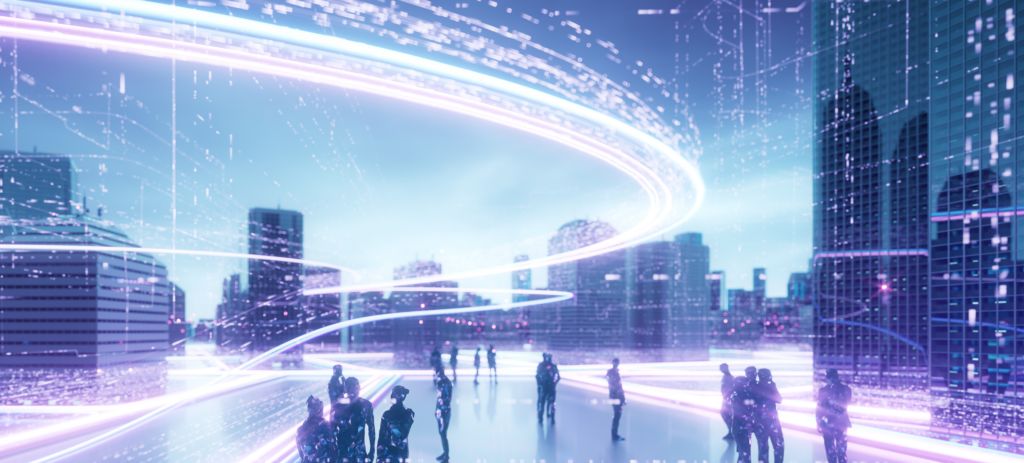
A ground-breaking development in IoT is the concept of Digital Twins, a virtual replica of buildings that integrate real-time data through IoT devices. These models enable developers to experiment with building designs, test various configurations, and make informed decisions before any construction begins.
The ability to influence real-world conditions in a virtual space is now completely changing property development and facility management.
For instance, Siemens uses the concept of digital twins to optimize building performance, allowing them to identify inefficiencies before they become costly issues. This integration not only accelerates design but also improves the building’s long-term operational efficiency.
From marketing to maintenance, the concept of Digital Twins is transforming the entire lifecycle of a property. Potential buyers can now explore virtual models of buildings, gaining a deeper understanding of design and layout. In the meanwhile, property managers can track the health of a building and anticipate its maintenance needs before they become expensive problems.
IoT in Smart Cities
The influence of IoT extends beyond just individual properties. In smart cities, IoT powers everything including, but not limited to, traffic management and waste collection. Urban planners are leveraging connected systems to streamline city infrastructure, optimise energy use and enhance the quality of life for the residents. IoT’s impact on urban development is nothing short of transformative, making cities more efficient, sustainable, and liveable.
Conclusion
In addition to gaining a competitive advantage, developers, property managers, and investors are making the world more sustainable, efficient, and connected by embracing IoT. We are closer now to a time when homes and businesses are more than just places to live or work. They are ecosystems that change with us, maximising our resources, responding to our needs, and creating a better future with each connected gadget and smart building.
Cities will probably continue to develop into interconnected ecosystems that put convenience and wellbeing first as smart technologies like wearables and remote health monitoring become more common.
Those who embrace IoT and the innovation it offers will be at the forefront of developing sustainable development and smart cities as the real estate market continues to change.


 Apr 19, 2022
Apr 19, 2022

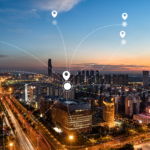

 12:00:39am
12:00:39am